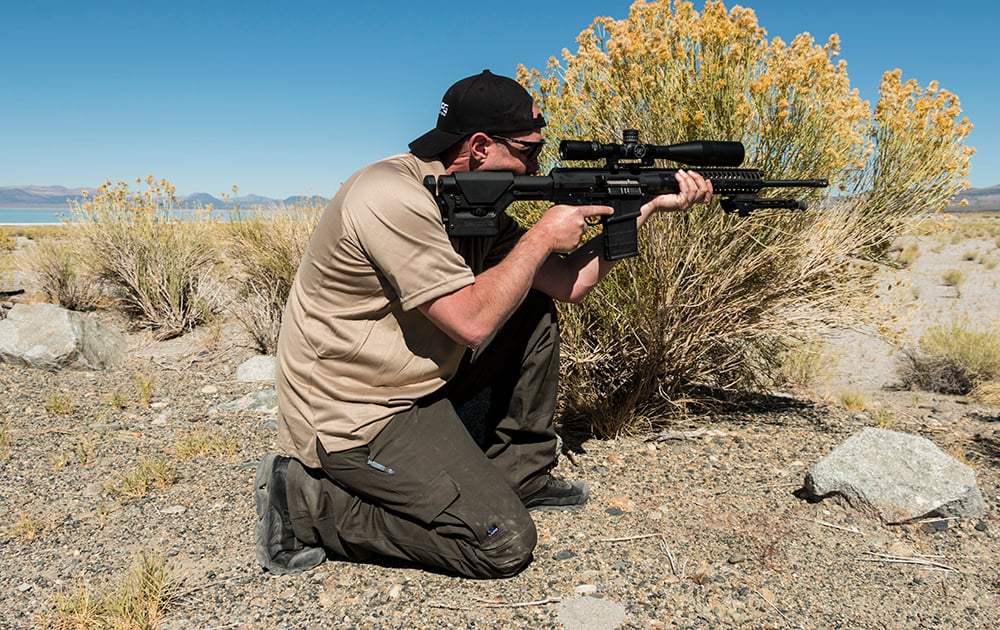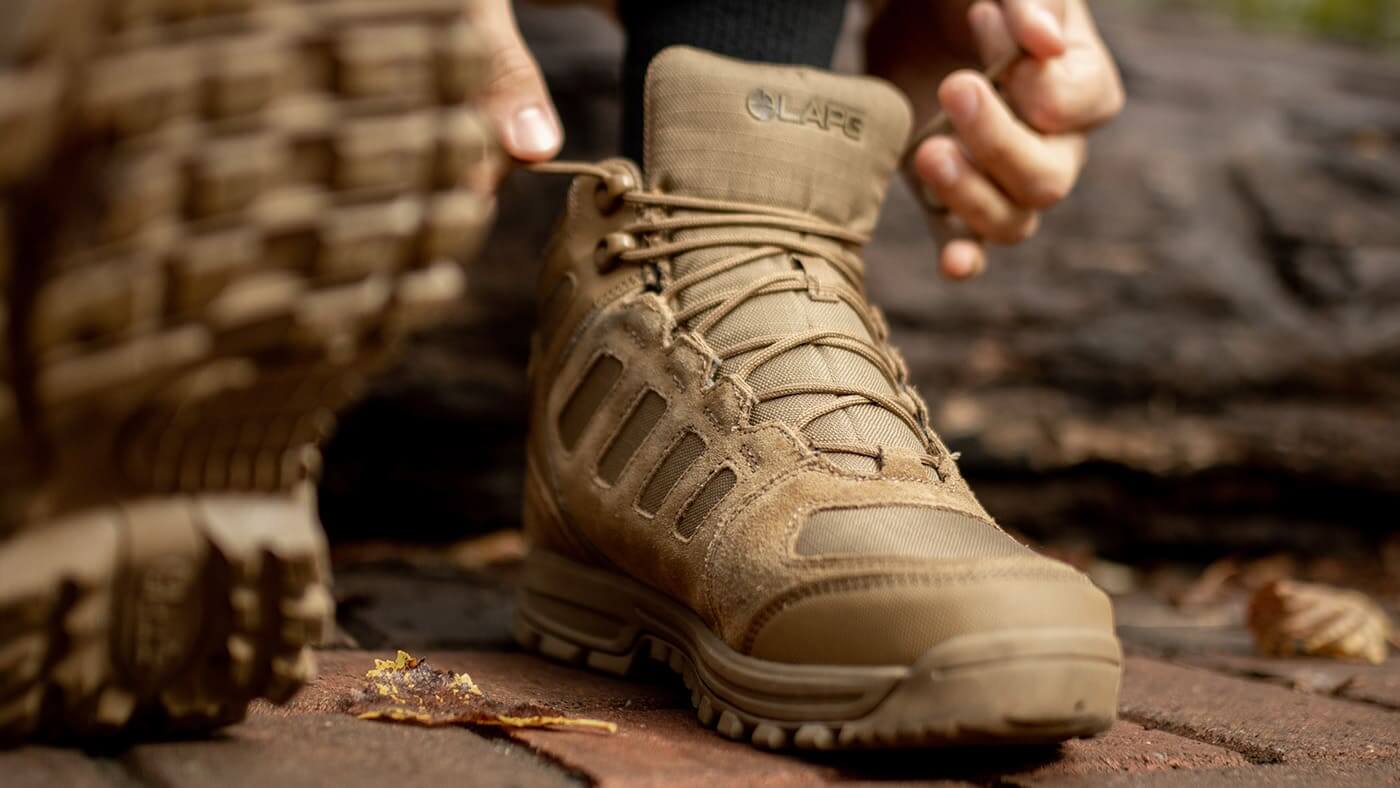
Emergency Supplies: What You Need To Have And Know
It’s always good to be prepared, and one of the best ways that you can do so is to have a good stock of emergency supplies.
But sometimes, it’s hard to know what to include in your survival kit and what to prepare for. That’s why we put together this guide: to provide you with all the answers to your questions about emergency supplies.
Below, you can learn what an emergency kit is, what it should include, like medical supplies, food and water, and what situations you may need to prepare for.
We also answer common questions on buying emergency supplies, such as how much you need to get and expiration dates of products.
If you have any questions at all or would like to get a hold of emergency supplies today, get in touch with us here at LA Police Gear. We’re specialists in this field and can offer you all the help and support you need.
Photo by Roger Brown
What Is An Emergency Supplies Kit?
An emergency supplies kit is a collection of items deemed essential to help protect and support people in the likes of natural disasters, power outages or war zones.
Sometimes known as survival kits, they usually consist of food, water, medication, and tools like flashlights, a knife, and batteries.
Emergency kits can be tailored to different situations so not all are the same, but they each share something in common: they ensure you’re prepared in case the worst happens.
What Kinds Of Emergencies Do You Need To Prepare For?
So what kinds of emergencies do you need to ready yourself for? Well, this all depends on where you are based in the world and what you’re up against.
For example, some parts of the US are more liable to flooding, wildfires and intense weather like tornados. However, they’re useful during single crisis incidents. Let’s take a closer look:
● Natural disasters like earthquakes, floods, wildfires and tornados - In these situations you may be trapped or may be cut off from the outside world, meaning you have to fend for yourself until help comes. Wildfires in particular have become more common and they can spread in fast and unpredictable ways. This means you need to be prepared as much as possible.
● Car accidents - these incidents can be traumatic and impactful. If the incident is a single-car accident, you may not find help close at hand. An emergency kit can support you in these moments by giving you the likes of bandages to treat wounds. They can also be very helpful to keep in your vehicle in case you come across any car accidents and can lend support.
● Shootings and terrorist attacks - sadly, shootings are common occurrences and providing emergency medical support can make a big difference. Having a kit on hand can therefore be essential.
What Do You Need In An Emergency Kit? A Checklist
Now we know what an emergency supply kit is and when it might come in handy, let’s take a look at what you need inside it.
Emergency Food Supplies
One staple requirement of all survival kits is food supplies. However, not all foods are suitable, so it’s important to get the right ones for the job.
Non-perishable and easy-to-prepare items that provide you with the nutrition and energy you need are perfect. This can include canned foods like vegetables, fruits, beans and meats, and dried fruits, nuts, seeds, granola bars, and quick meals like soups and pasta.
Don’t forget to pack a can opener too; most of these products come in tins. They’re easy to transport and you can fit lots into an emergency supply kit, and they aren’t too heavy either.
And while the main aim is to survive the emergency, there will be times when things feel tough. Food is a great alleviator of stress so pack some comfort foods too, like chocolate.
Water
Perhaps the most important thing of all in your emergency supplies kit is water. Not only do you need it to drink, but it’s vital for cooking and hygiene too.
It’s best to take at least one gallon of water per person per day. It’s fine to use commercially bottled water, which you can store in a cool dark place till needed. Just check the expiration date and replace it as necessary.
Something else you can add to your kit is water purification tablets or a portable water filter. This will allow you to turn potentially harmful water into drinking water, which is ideal if you’re in a place with contaminated water. These devices may use filters so make sure you pack any replacements if needed.
Emergency Medical Supplies
As well as food and water, it’s important to prepare for the times when things can go wrong. Medical supplies are therefore vital to any survival kit.
The main things you need are:
● Bandages
● Plasters
● Adhesive tape
● Antiseptics
● Gauze pads
● Scissors
● Tweezers
● Gloves
● Pain relievers
● Ant-inflammatories
● Antihistamines
● Anti-diarrheal tablets
This sounds like a lot but it can provide you with the support and cover you need for most minor physical injuries and illnesses.
If you take any prescription medications it’s important to include those too, and a dosage to last you for at least a week or so.
It can also help to pack a basic first aid manual if you don’t already know the procedures. This can give you crucial guidance when an emergency does strike.
Make sure to keep your medical supplies dry and free from any dirt and grime. If they get dirty they could spread infection when it comes to using them.
What Else Could I Need For My Survival Kit?
As well as food, water and medication, there are other items that you can include in a survival kit that will help you in difficult situations:
● A flashlight with lots of batteries. You can also get flashlights with hand-rank options to save on batteries
● A radio which again could be hand-cranked or battery-powred. It’s helpful to use the radio for emergency information updates or weather updates too
● Soap, toothpaste and feminine products
● Cash and coins
● A whistle which you can use to signal help
● A map of the local area or region
● A survival knife
● Duct tape and plastic sheeting to help you construct a shelter
It all depends on how large your survival kit is and what conditions you’re up against, which is something we consider next.
How Much Do I Need To Buy?
The amount of supplies you need to buy depends on the situation you’re anticipating. If you expect to be in a survival situation for a prolonged period of time, it’d be wise to stock well so that you have everything you need to sustain yourself.
Quantities should also be increased if you’re planning on supporting other people
Depending on the situation, you can also tailor quantities of more things over another. For example, in a disaster situation, food and water will be key. Whereas if you were venturing into a conflict zone, you may have a greater need for medical equipment. Tailoring your quantities to the situation is therefore wise.
How Long Do Emergency Supplies Usually Last?
How long your emergency supplies will last depends on individual products.
Generally, food that’s kept in a cool, dark place will last for one to two years. In some cases, certain food products can last longer.
Medical supplies have differing expiration dates so it’s vital to check the labels and make a note of these.
You can then update and refresh your emergency supplies so you’re always in date.
There are other items that have no expiration date on them too. For example, blankets will last for as long as they’re well looked after.
Where Should I Keep My Emergency Kit?
It’s important that an emergency kit is kept in an accessible place and one that’s known to others in your household too.
Places like hallway closets, garages, wardrobes and underneath a bed are all popular spots.
The aim is to keep it cool and dry so that food and water don’t go off sooner than they should.
It can also be a smart move to keep a smaller kit in your vehicle just in case something happens while on the road.
Where To Buy Emergency Supplies
Now you’ve learned all about emergency supplies, you may want to start building your kit. If so, you’re in the right place.
Over in the LA Police Gear store, we stock a wide range of emergency supplies, offering the best quality for the best prices.
You can find everything from emergency blankets and medic rolls to full first aid kits and burn dressing kits, which may be useful in cases of forest fires.
And if you have any questions about what you should include in your survival kit, we’d be happy to help. Get in touch with us today!
Key Takeaways
● A survival kit checklist should always include water, food and medical supplies, as well as tools like a flashlight, batteries and duct tape
● Tailor your supplies depending on what you’re preparing for, such as a natural disaster like a flood or tornado
● It helps to keep a small kit of emergency supplies in your car for unexpected situations




